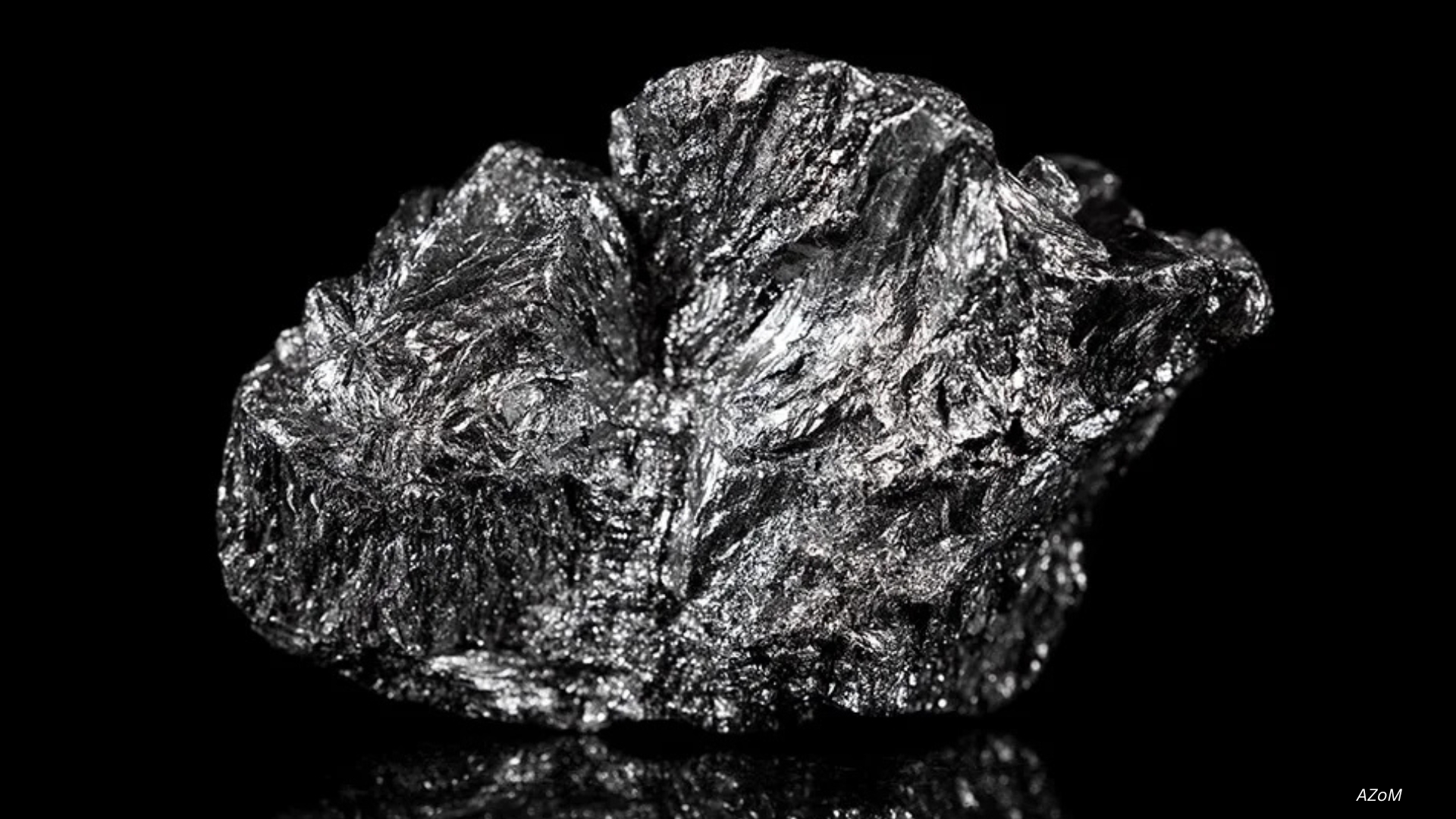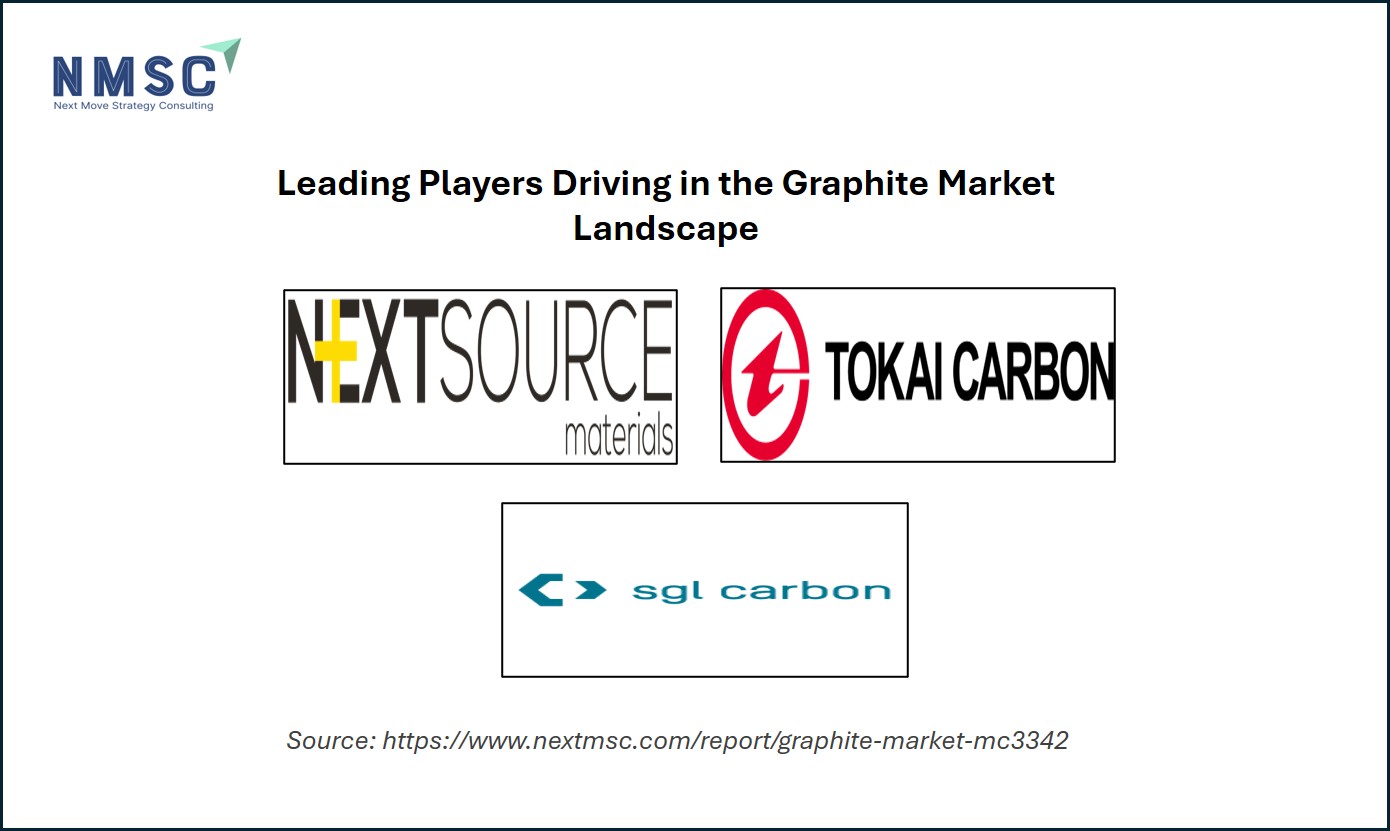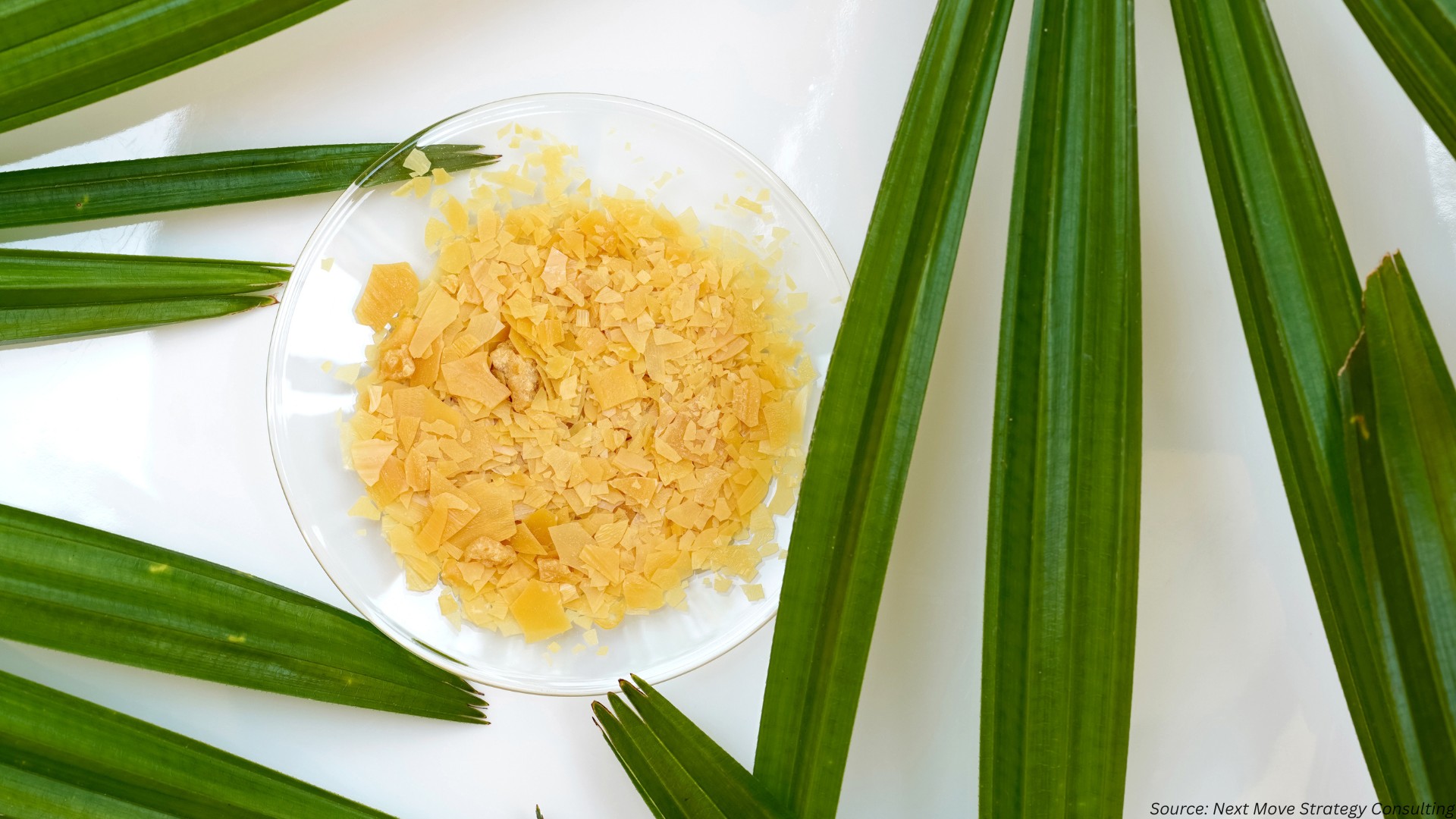Graphite’s Strategic Role in 2025: Supply, Demand & Africa’s Rise
Published: 2025-10-04

Graphite is not the flashiest of minerals, but in 2025 it has quietly taken centre stage. From electric vehicle (EV) batteries to industrial applications, it is a linchpin of the energy transition. As Next Move Strategy Consulting, this blog will unpack the key trends, challenges, and strategic levers in the graphite sector — with a focus on credible 2024–2025 data.
Understanding Graphite: Natural vs Synthetic
What is graphite?
Graphite is an allotrope of carbon, valued for its excellent electrical conductivity, thermal stability, and capacity to intercalate lithium ions—making it indispensable in battery anodes.
Two primary forms:
|
Type |
Source / Method |
Pros |
Cons / Constraints |
|
Natural (flake) |
Mined from |
Lower energy required |
Requires purification, |
|
Synthetic |
Manufactured |
More uniform purity, |
Energy-intensive, emits more |
By 2025, demand for natural graphite is rising, and many observers expect it to overtake synthetic in relevance for battery anodes, due to cost advantages and lower carbon footprint (if processed sustainably).
-
Graphite is essential for battery anodes, and its value lies in electrical/thermal conductivity and ion intercalation capacity.
-
Natural graphite is increasingly favored due to lower energy costs versus synthetic.
-
However, natural graphite requires purification and is constrained by regional geology.
Supply Pressures and the 2025 Graphite Shortage
Demand Surge & Supply Gap
In 2024, the production figures show: ~1.3 million tonnes of natural graphite and ~3 million tonnes of synthetic graphite. Yet demand ranged between 3.7–3.8 million tonnes — indicating an immediate stress on supply.
-
2024 data already reveals supply shortfall: demand outpaced combined natural + synthetic production.
-
By 2030, demand for battery-grade graphite could quadruple, making the gap even more acute.
-
Supply-side issues (mine disruptions, export controls) exacerbate the shortage, especially outside China.
China’s Dominance & Africa’s Strategic Opportunity
China’s Grip on Graphite
China’s position in the graphite value chain is formidable:
-
It claims ~80% share of global graphite output.
-
In late 2024, China introduced export controls on anode-grade graphite, signaling a consolidation of power over the supply chain.
-
Analysts identify China’s “chokehold strategy” as a supply chain risk to countries dependent on graphite imports.
This dominance invites urgent calls from Western nations and industrial players to diversify beyond China.
The Strategic Shift in the 2025 Graphite Industry
The graphite industry is undergoing a strategic transformation driven by resource security, technological innovation, and sustainability. Once a background industrial material, graphite is now central to the clean energy transition. Overreliance on China has exposed supply risks, creating opportunities for diversified sources.
Leading players like SGL Carbon, Graphite One, Tokai Carbon, NextSource Materials, and Syrah Resources are shaping the market through mining, processing, and downstream investments. Companies focusing on low-carbon, ethical sourcing and advanced processing will gain an edge, while Africa’s emerging graphite capacity could become a key global supply hub. Early movers in building sustainable, diversified supply chains are set to define the post-China graphite era.
Africa’s Rising Role
Africa is increasingly viewed as a strategic counterweight to China’s dominance. Key patterns in 2025 include:
-
Graphite concentrate capacity in Africa in 2024 was ~1,132,000 tonnes, with an expected increase of ~117,000 tonnes in 2025.
-
Southeast Africa (Mozambique, Madagascar, Tanzania) is emerging as a hotspot for graphite projects as buyers seek "ex-China" supply.
Multiple African projects are securing off-take agreements in advance, helping bridge financing gaps.
However, challenges remain: infrastructure, processing capacity, upstream investment, and geopolitical risk.
Next Steps (Actionable Takeaways)
-
Map and qualify “ex-China” graphite sources — identify African mines/projects with production or future capacity and assess reliability.
-
Conduct end-to-end value chain audits — evaluate whether internal investment in purification, spherical conversion, or coating makes sense.
-
Create risk models — stress test supply scenarios including export curbs from China, mine outages, legislative changes.
-
Engage with host governments — negotiate offtake deals, infrastructure support, local content rules, and regulatory clarity.
-
Embed sustainability criteria — ensure carbon footprint metrics, environmental compliance, and community engagement are integral to sourcing.
Next Move Strategy Consulting’s View
According to Next Move Strategy Consulting, the graphite industry in 2025 is entering a decisive transformation shaped by three key forces — resource security, technological innovation, and sustainability. Once a background industrial material, graphite has become a strategic asset at the heart of the global clean energy transition. The world’s overdependence on China has exposed major supply vulnerabilities, prompting a shift toward diversified, regionally balanced sources.
Companies that secure low-carbon, ethically sourced graphite and invest in integrated value chains — from mining to anode production — will gain long-term stability and competitive edge. Technological advancement and ESG compliance will define market access and investor confidence, while Africa’s growing mining capacity could position it as a major player if infrastructure and governance align with global standards. Ultimately, firms that act early to build sustainable, diversified graphite supply chains will not just survive the current shortage — they will shape the emerging post-China graphite era.
Conclusion
Graphite is no longer a backstage material. In 2025, it is central to the transformative arc of EVs, energy storage, and advanced manufacturing. The world faces tight supply and concentrated control — especially by China. Africa is stepping into the limelight as an alternative source, but strategic execution will determine who captures real value.
From the perspective of Next Move Strategy Consulting, the winners will be those who act decisively: diversifying supply, investing vertically, managing risk, and aligning with sustainability. The next few years will reveal whether Africa can deliver on promise, and whether global buyers will reshape their supply chains in time.
About the Author
 Tania Dey is an experienced Content Writer specializing in digital transformation and industry-focused insights. She crafts impactful, data-driven content that enhances online visibility, and aligns with emerging market trends. Known for simplifying complex concepts. Tania Dey delivers clear, engaging narratives that empower organizations to stay ahead in a competitive digital landscape.
Tania Dey is an experienced Content Writer specializing in digital transformation and industry-focused insights. She crafts impactful, data-driven content that enhances online visibility, and aligns with emerging market trends. Known for simplifying complex concepts. Tania Dey delivers clear, engaging narratives that empower organizations to stay ahead in a competitive digital landscape.
About the Reviewer
 Sanyukta Deb is a skilled Content Writer and Digital Marketing Team Leader, specializing in online visibility strategies and data-driven campaigns. She excels at creating audience-focused content that boosts brand presence and engagement, while also pursuing creative projects and design interests
Sanyukta Deb is a skilled Content Writer and Digital Marketing Team Leader, specializing in online visibility strategies and data-driven campaigns. She excels at creating audience-focused content that boosts brand presence and engagement, while also pursuing creative projects and design interests

















Add Comment